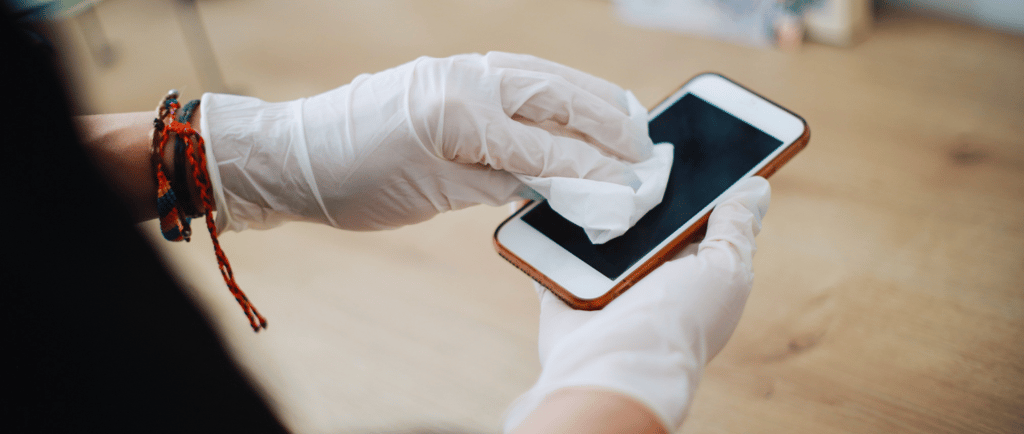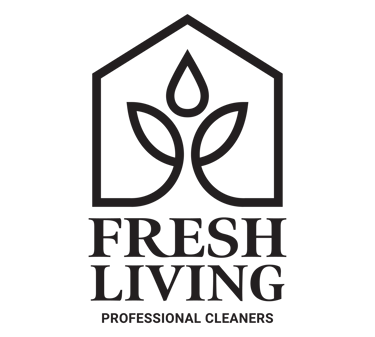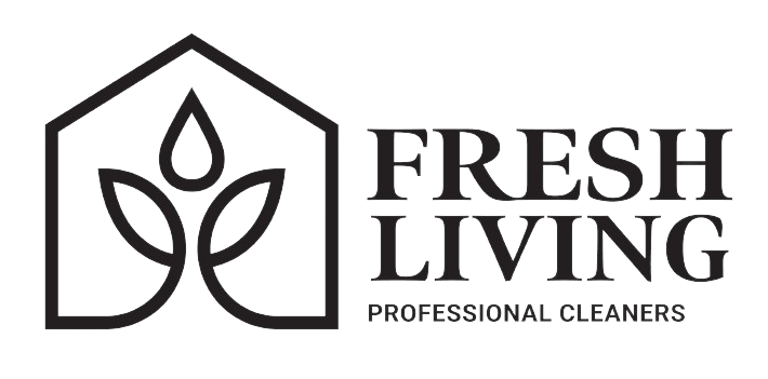Sneaky Spots: Where Germs Thrive in Your Home
In the hustle and bustle of daily life, it's easy to overlook the invisible intruders that lurk within our homes: germs. While we diligently scrub surfaces and sanitize hands, there are sneaky spots where germs thrive, evading our cleaning efforts. Understanding these covert hideouts is essential for maintaining a clean and healthy home environment. In this blog post, we will talk about how germs can lurk in unexpected places and explore strategies to keep them at bay.
4/18/20243 min read


Setting the Stage
In our daily lives, we often overlook the hidden havens where germs silently thrive. Understanding these covert breeding grounds is crucial for maintaining a clean and healthy home environment.
Importance of Understanding Germ Hotspots
While we may diligently clean visible surfaces, it's the overlooked nooks and crannies that can harbor the most germs. By identifying these sneaky spots, we can take proactive measures to minimize the risk of illness and promote overall well-being.
Bathroom
Toilet
The toilet, despite regular cleaning, remains a prime location for germs to congregate. From the seat to the flush handle, numerous surfaces can harbor harmful bacteria and viruses.
Sink
The bathroom sink, often used for handwashing, can paradoxically become a hotspot for germs if not cleaned regularly. Soap scum and moisture create an ideal environment for bacterial growth.
Shower/Bathtub
Moist and warm environments like the shower and bathtub provide fertile breeding grounds for mold and mildew, along with bacteria. Areas around drains and grout lines are particularly susceptible to buildup.
Kitchen
Cutting Boards
Cutting boards, especially those used for raw meat, can harbor dangerous pathogens if not sanitized properly after each use. Cross-contamination is a significant concern in the kitchen.
Kitchen Sink
The kitchen sink, where food preparation and dishwashing occur, can accumulate a plethora of germs if not cleaned and sanitized regularly. Food particles left behind provide nutrients for bacterial growth.
Refrigerator Handles
Refrigerator handles, frequently touched by multiple household members, can transfer germs from hands to surfaces and vice versa. Regular disinfection is essential to prevent the spread of illness.
Living Room
Remote Controls
Remote controls, often shared among family members, can harbor germs from hands and surfaces. Regular disinfection is recommended, especially during cold and flu season.
Upholstered Furniture
Upholstered furniture, including couches and chairs, can trap dust, dirt, and germs within the fabric fibers. Regular vacuuming and upholstery cleaning are necessary to maintain cleanliness.
Carpets/Rugs
Carpets and rugs can accumulate dust mites, pet dander, and other allergens, along with bacteria and viruses. Regular vacuuming and steam cleaning are essential for removing embedded dirt and germs.
Bedroom
Bedding
Bedding, including sheets, pillowcases, and comforters, can harbor sweat, dead skin cells, and germs if not laundered regularly. Washing bedding in hot water and drying on high heat helps kill germs effectively.
Nightstands
Nightstands, often used to hold personal items such as glasses and phones, can accumulate germs from hands and surfaces. Regular cleaning with disinfectant wipes is recommended.
Light Switches
Light switches, frequently touched but rarely cleaned, can harbor germs from hands. Disinfecting light switches regularly helps reduce the risk of illness transmission.
Home Office
Keyboard and Mouse
Keyboards and mice, essential tools in the home office, can harbor germs from frequent use. Regular cleaning with disinfectant wipes or alcohol solutions helps prevent the spread of illness.
Desk Surface
The desk surface, where work and activities take place, can accumulate germs from hands and everyday items. Regular cleaning with disinfectant spray or wipes helps maintain a clean workspace.
Phone
Phones, often overlooked when cleaning, can harbor germs from hands and surfaces. Regular disinfection with alcohol wipes or electronic-safe cleaning solutions is essential.
Laundry Room
Washer and Dryer
The washer and dryer, used for cleaning clothes and linens, can harbor germs if not properly maintained. Regular cleaning of machine surfaces and frequent washing of laundry baskets help prevent germ buildup.
Laundry Baskets
Laundry baskets, used to transport dirty clothes, can accumulate germs if not cleaned regularly. Washing baskets with soap and water and allowing them to dry thoroughly helps prevent germ transfer.
Ironing Board
The ironing board, often used to press clothes, can harbor germs from contact with dirty laundry. Regular cleaning with disinfectant wipes or sprays is essential to maintain cleanliness.
Entryway
Doorknobs
Doorknobs, touched by everyone who enters or exits the home, can transfer germs from hands to surfaces. Regular disinfection of doorknobs helps reduce the risk of illness transmission.
Shoe Racks
Shoe racks, where footwear is stored, can accumulate dirt and germs from outdoor environments. Regular cleaning and disinfection help prevent germ buildup.
Keys and Key Holders
Keys and key holders frequently handled but rarely cleaned, can harbor germs from hands and surfaces. Regular disinfection with alcohol wipes or disinfectant sprays helps maintain cleanliness.
Children's Play Area
Toys
Children's toys, often shared and touched by multiple children, can harbor germs from hands and surfaces. Regular cleaning and disinfection of toys help prevent the spread of illness among children.
Play Surfaces
Play surfaces, such as tables and floors, can accumulate dirt and germs from frequent use. Regular cleaning with disinfectant wipes or sprays helps maintain a clean play environment.
Stuffed Animals
Stuffed animals, beloved companions for many children, can harbor dust, dirt, and germs if not cleaned regularly. Washing stuffed animals in hot water or using a hot dryer helps kill germs effectively.
Recap of Key Points
Identifying and understanding the sneaky spots where germs thrive in your home is essential for maintaining a clean and healthy living environment.
Tips for Keeping Germ Hotspots Clean
Regular cleaning and disinfection of high-touch surfaces, along with proper hygiene practices, help minimize the risk of illness transmission within the home.
Final Thoughts
By staying vigilant and proactive in cleaning and disinfecting germ hotspots, you can create a healthier and safer living environment for you and your family.


(609) 806 - 5565
help@freshlivingpc.com
Follow us on
